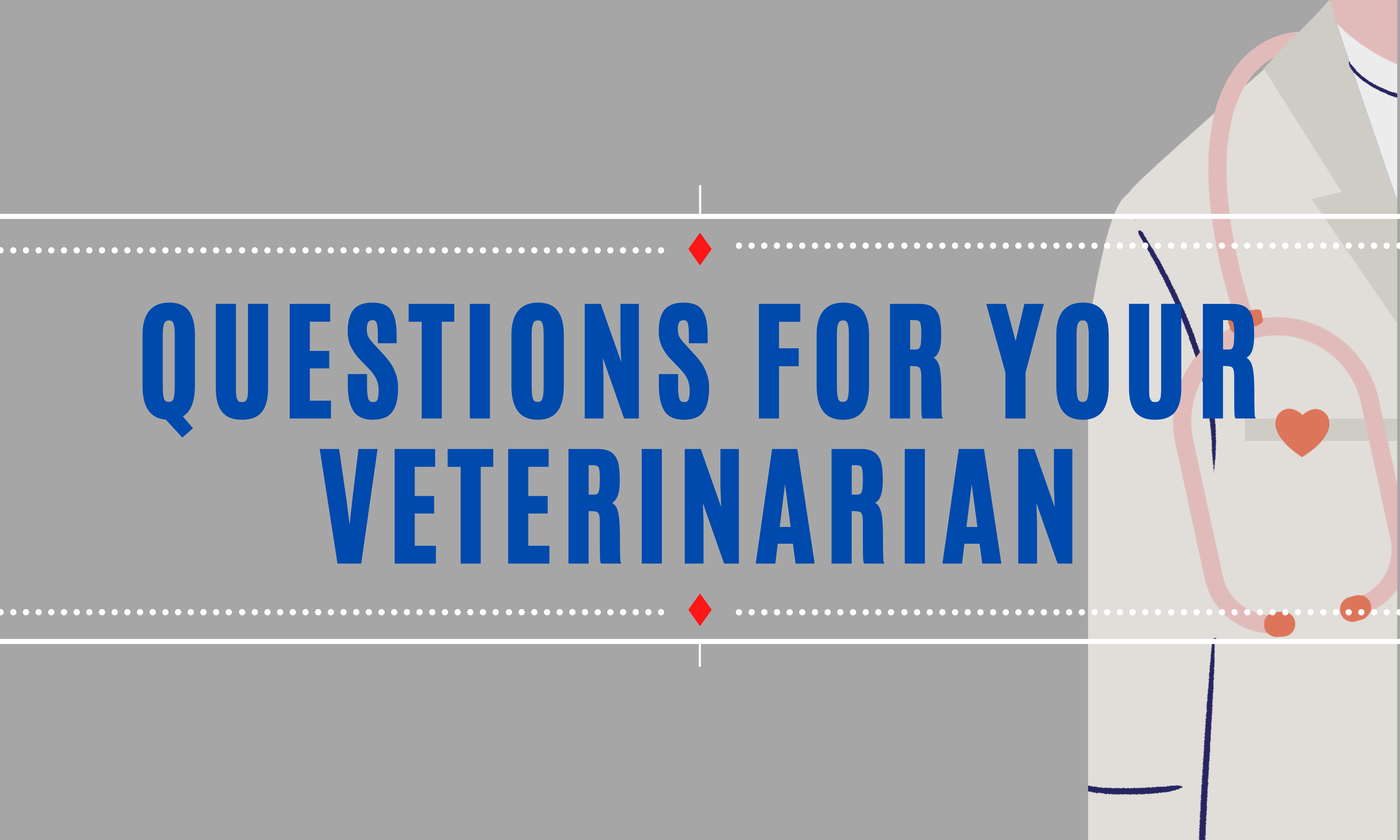What are the most common household toxins to pets?
Content Courtesy of AVMA;AVMA.org
As a pet owner, you want to keep your furry friend safe and healthy, but your pet’s curious nature sometimes can get him into trouble. Animals investigate the world with their mouths and they can ingest poisonous substances accidentally. The American Society for the Prevention of Cruelty to Animals (ASPCA) Animal Poison Control Center is open 24 hours a day, 365 days a year, to advise pet owners about potential pet toxicities. To help you take precautions and ensure your pet stays safe, the ASPCA has compiled a list of the most frequent offenders, many of which can be found in and around your home.
Pets and over-the-counter medications
In 2018, the ASPCA received 213,773 calls, almost 20% of which were related to ingestion of over-the-counter medications, such as ibuprofen, naproxen, cold medications, and herbal supplements. Even a medication that does not require a prescription can be extremely dangerous to your pet. Nonsteroidal anti-inflammatories such as ibuprofen and naproxen can cause acute kidney failure and should never be given to pets. Do not try to treat your pet’s medical problems without consulting an AAHA-accredited veterinarian, and never give him a medication that is not approved for veterinary use.
Human prescription medications and pets
ADHD medications, antidepressants, and heart medications were most commonly ingested by pets, although your pet can suffer significant side effects from any human medication he eats. Keep all medications, both prescription and over-the-counter, safely stored inside a medicine cabinet or cupboard or up high where your pet can’t reach them and ask your visitors to do the same.
What foods are toxic to pets?
Many foods that are safe for people can be deadly to pets. Keep the following toxic foods away from your beloved companion:
- Chocolate
- Xylitol (often found in sugar-free gum)
- Macadamia nuts
- Grapes and raisins
- Onions
- Garlic
- Alcohol
- Caffeinated drinks
- Raw yeast dough
- Raw or undercooked meat
Never leave food where your pet can reach it and keep pets out of the kitchen when children are eating to prevent them from gobbling up dropped food.
What about prescription veterinary products?
Prescription animal medications often are flavored to increase palatability, so pets may mistake them for treats and eat more than prescribed. Inquisitive pets may even eat pills that aren’t flavored, so keep all medications out of your pet’s reach. Remember, animals can chew through plastic bottles, so child-proof may not mean pet-proof.
What other household items are dangerous to my pet?
Products such as paint, glue, and cleaning chemicals often are left out on the assumption that pets won’t eat these bad-tasting substances. But sometimes pets lap up liquids because they feel good or have an interesting texture. Household products can contain dangerous chemicals and some household glues expand in the stomach, causing a life-threatening blockage.
Rodenticides
Products designed to kill rodents are particularly dangerous to pets, who may be tempted to eat the tasty bricks, granules, or pellets left out for mice and rats. Rodenticides kill rodents by causing internal bleeding, high calcium levels, brain swelling, or toxic gas production. Never put rat bait out where your pet can find it and keep your pet confined to your yard to prevent him from eating your neighbors’ rodenticides.
Insecticides and pets
Ant baits, bug sprays, and foggers can be poisonous to your pet. Read labels to ensure proper use of these products and prevent pets from exposure during and after use. Store all insecticides on high shelves out of a pet’s reach.
Plants toxic to pets
Plants found in flower beds, vegetable gardens, and indoor planters and arrangements can be toxic to pets. Cats, who particularly like to munch on greenery, are sensitive to many plant types, but dogs also can be at risk. A complete list of toxic and nontoxic plants can be found on ASPCA’s website, but the most common toxic plants include:
- Autumn crocus
- Azalea
- Cyclamen
- Daffodils
- Dieffenbachia
- Hyacinth
- Kalanchoe
- Lily of the valley
- Lilies
- Oleander
- Sago palm
- Tulips
If your pet eats leaves, flowers, or stems, immediately take him and a plant sample to your AAHA-accredited veterinarian. Although toxicity signs may not be apparent, it is vital to remove poisonous material as soon as possible to prevent toxin absorption into the body.
Garden products and pets
Many products used on lawns, gardens, and flower beds can cause toxicity in pets. Fertilizers made from bone or blood meal are tempting to pets and can cause pancreatitis, or can clump in the intestines or stomach, causing a blockage. Other fertilizers and herbicides applied to lawns also may contain toxic chemicals.






